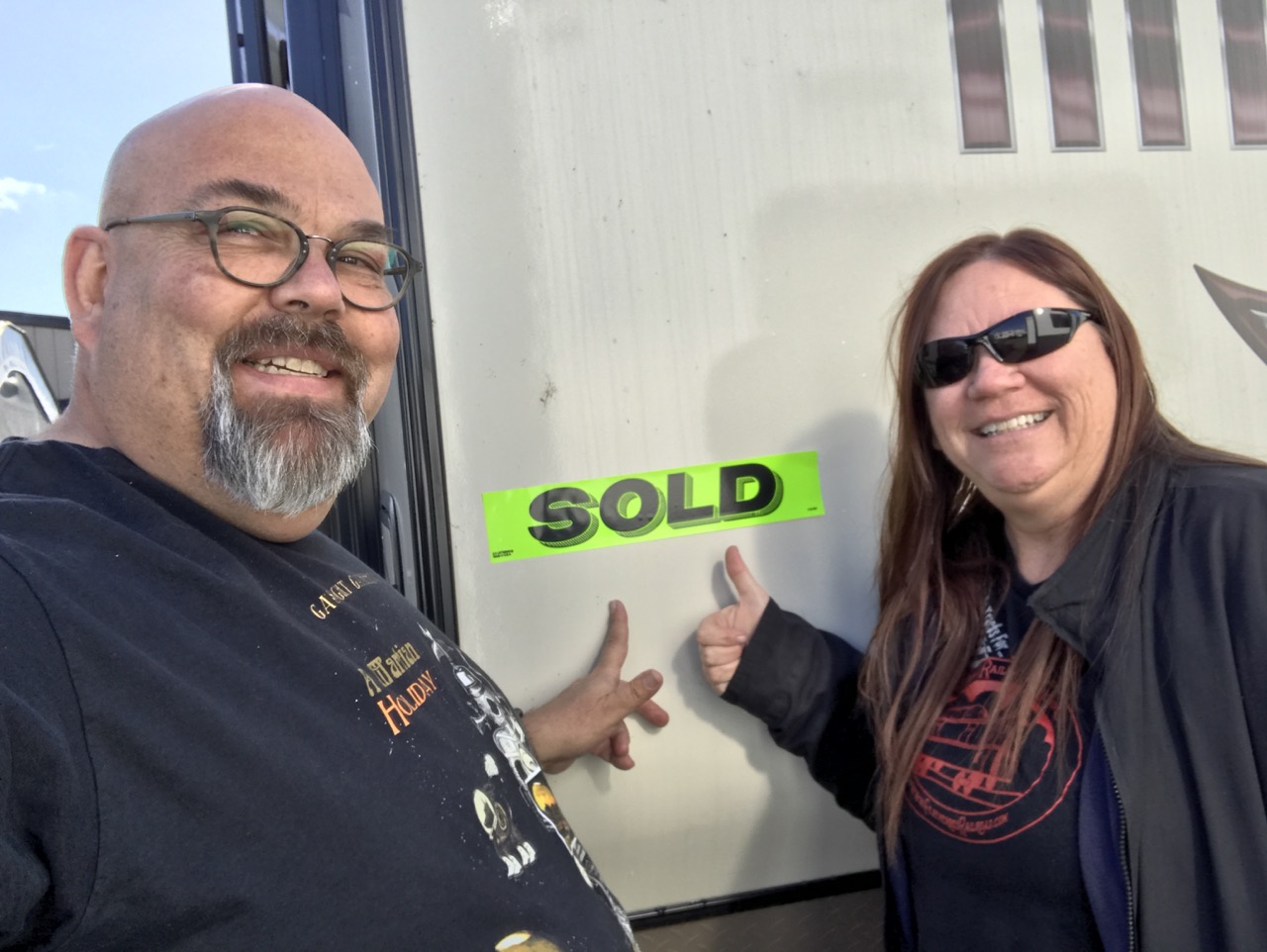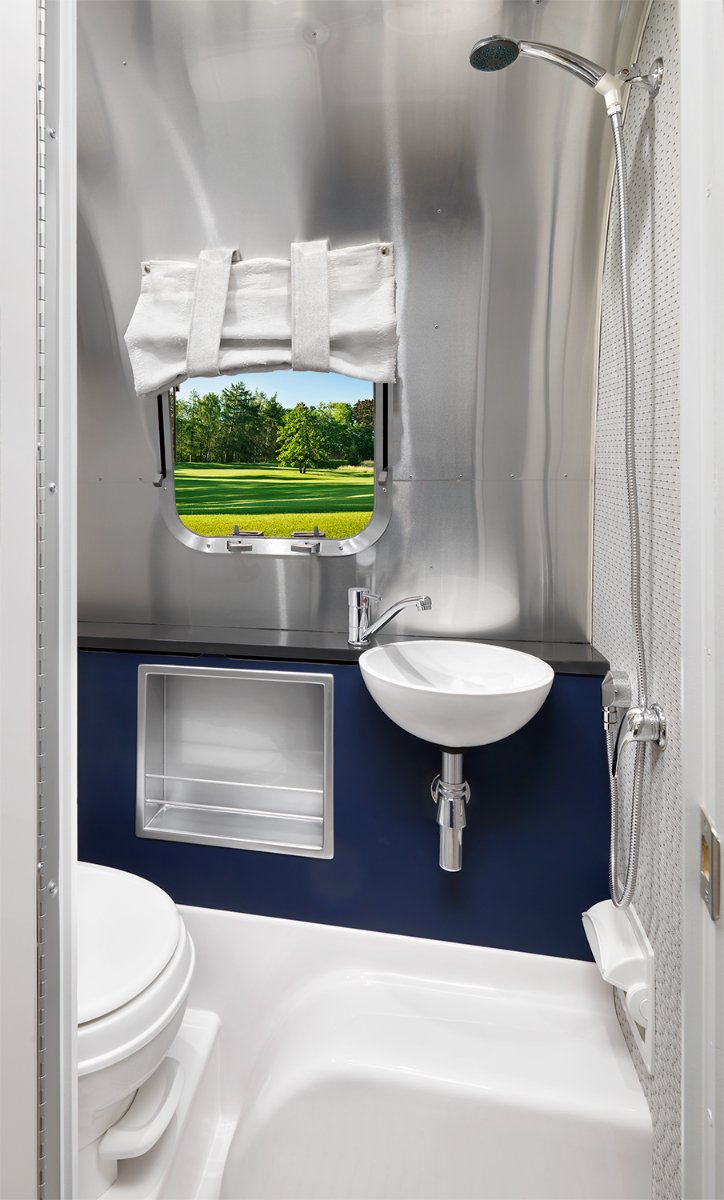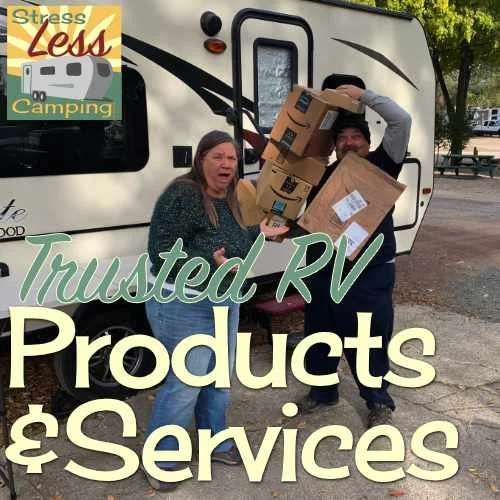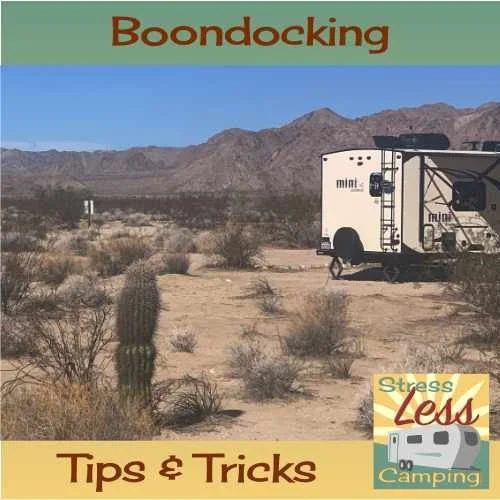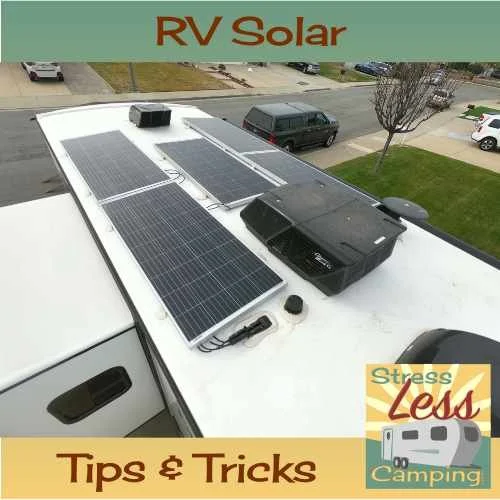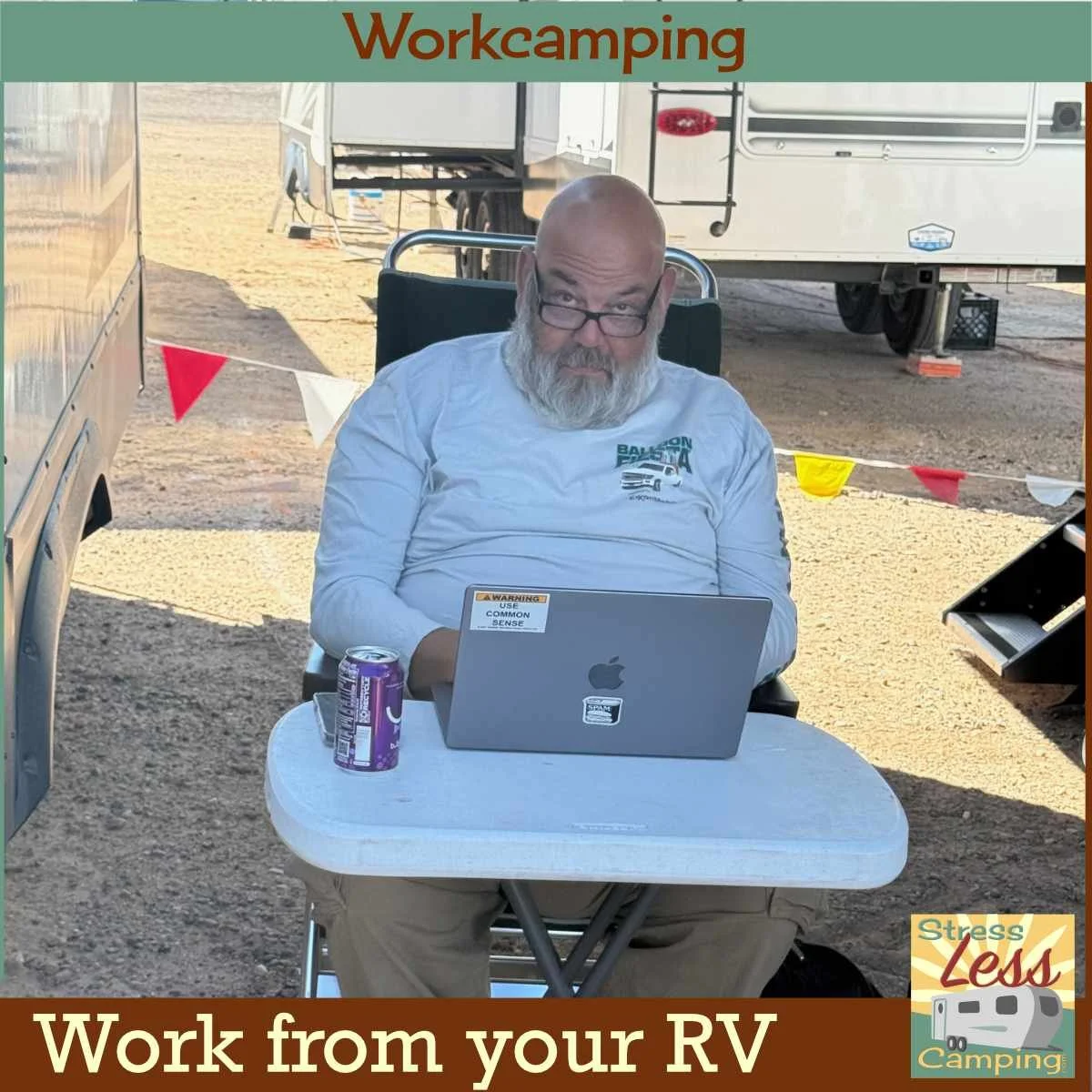RV review: Airstream eStream EV travel trailer
RV review: Airstream eStream EV prototype
Airstream has been sharing a concept trailer called the Airstream eStream, a trailer that uses built-in electric motors to actually overcome the losses inherent in towing a travel trailer. I was able to sit in with Airstream President Bob Wheeler and McKay Featherstone, head of development, and learn more about this interesting concept.
The thing the team said numerous times is that this is, in fact, just a concept like the wild concept cars are that you see in auto shows. While it is closer to reality than, perhaps, GM’s 1956 Firebird II self-driving gas turbine car, the team at Airstream said this is more a project to see how things work plus how customers react. However the reception from interested parties has been huge.
What is the eStream?
Airstream’s eStream concept is a single-axle travel trailer that embodies much of the traditional Airstream style onto a platform originally developed by ZF in Germany. Through a licensing agreement with Thor, Airstream’s parent company, they were able to get the chassis technology and implement it in this trailer.
Key features of the concept include the fact that there are two 40kWh lithium batteries mounted between the frame rails, one ahead of the axle and one behind, and two electric drive motors. Using what almost amounts to a surge brake controller the eStream can use the two electric motors to overcome the losses inherent in towing a travel trailer.
These losses include frictional losses but, more importantly, aerodynamic losses as well. Towing a big brick behind any vehicle introduces a fuel economy penalty as anybody who has towed a travel trailer will attest to. The eStream aims to eliminate those losses so your tow vehicle’s fuel economy and range are not affected by having this trailer in tow.
Further, the two motors are tied to a bunch of technology that adds additional benefits in the form of stability control and traction when the road gets slippery. So you could take this to your favorite skiing weekend, for example, and not have as much of a white knuckle driving experience getting there.
In theory you likely won’t need a hitch with sway control with this rig which eliminates a pain point hitching and unhitching most a travel trailer that would otherwise have a more complicated hitch.
On the subject of aerodynamic losses the eStream was also tested in a wind tunnel - not something the RV industry does. You don’t see things like roof-mounted air conditioning or vents. While Airstream trailers, in general, are more aerodynamic than some other travel trailers this is a step above.
Aerodynamic testing is unusual in the RV industry but common for automobiles and why cars nowadays all have very similar shapes. Basically cutting through the wind involves certain physical aspects.
If you want to know what kind of shape it takes to cut through the wind, look at something like a Porsche 911. If you want to know what kind of shape is not aerodynamic, look at any RV out there today.
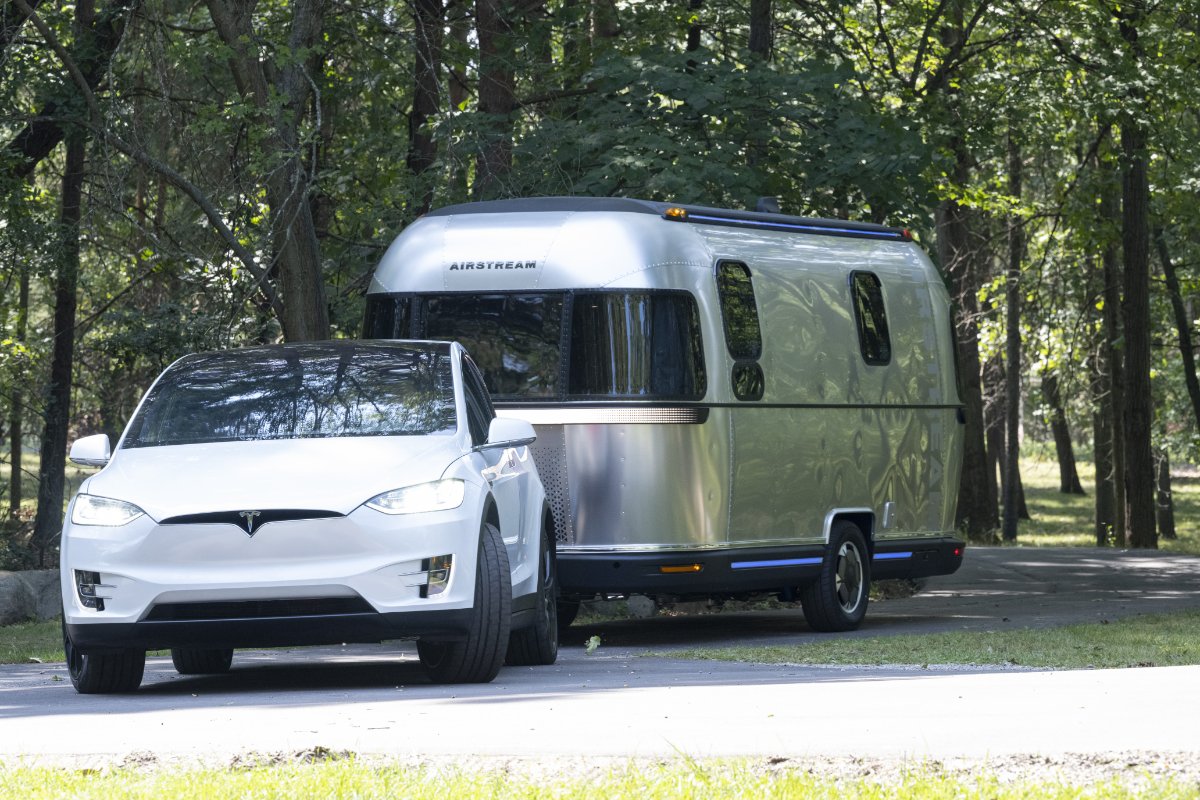


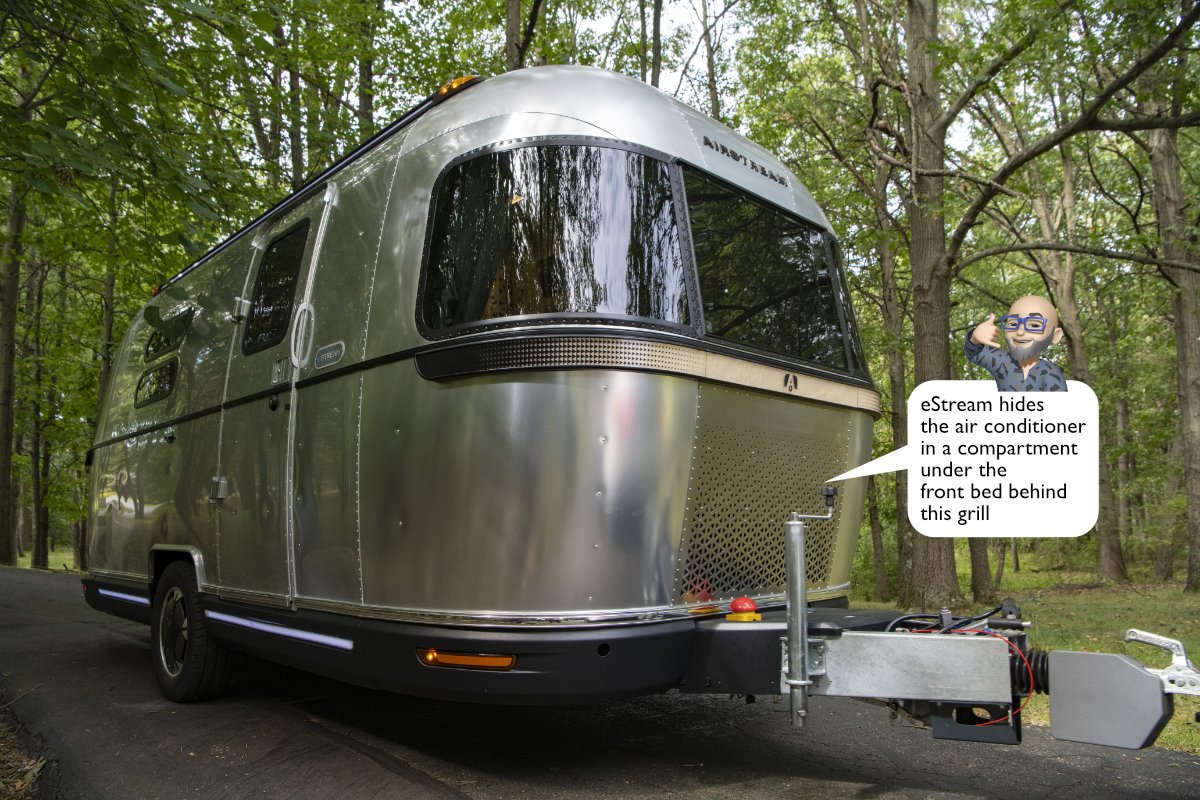
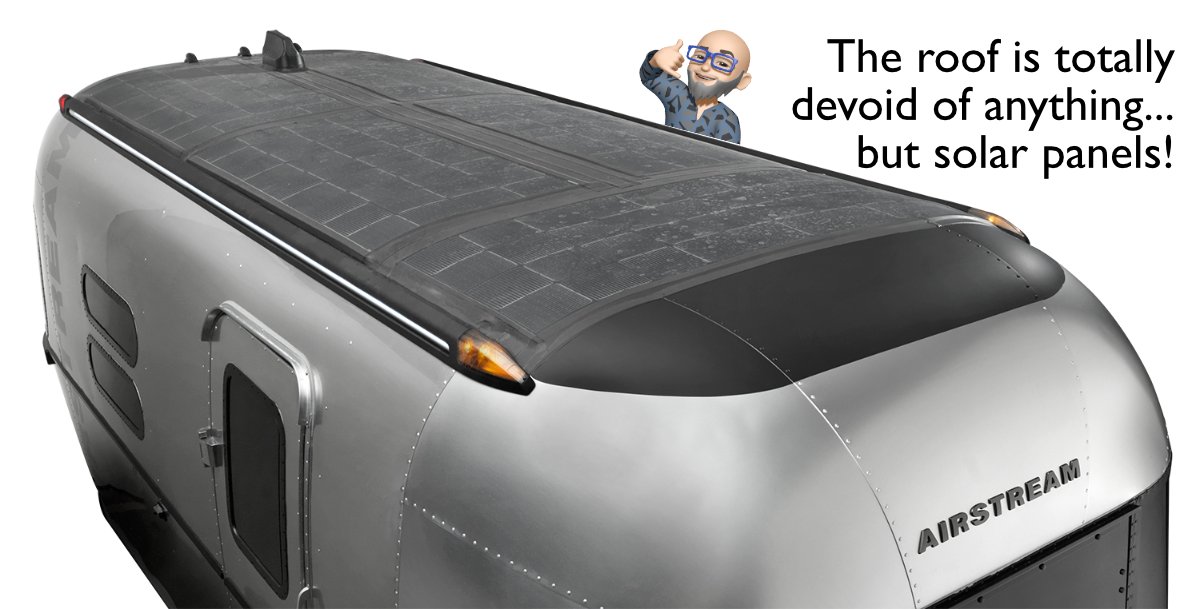
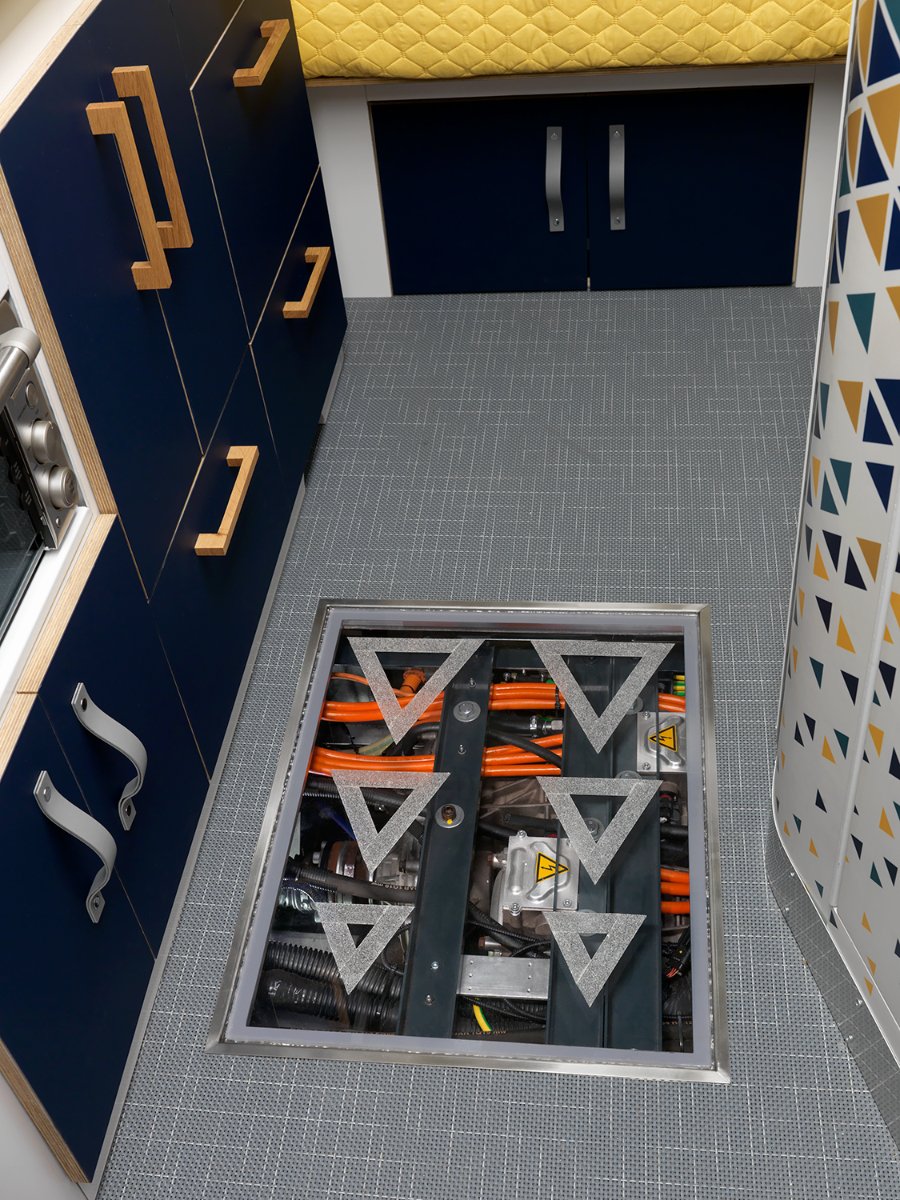
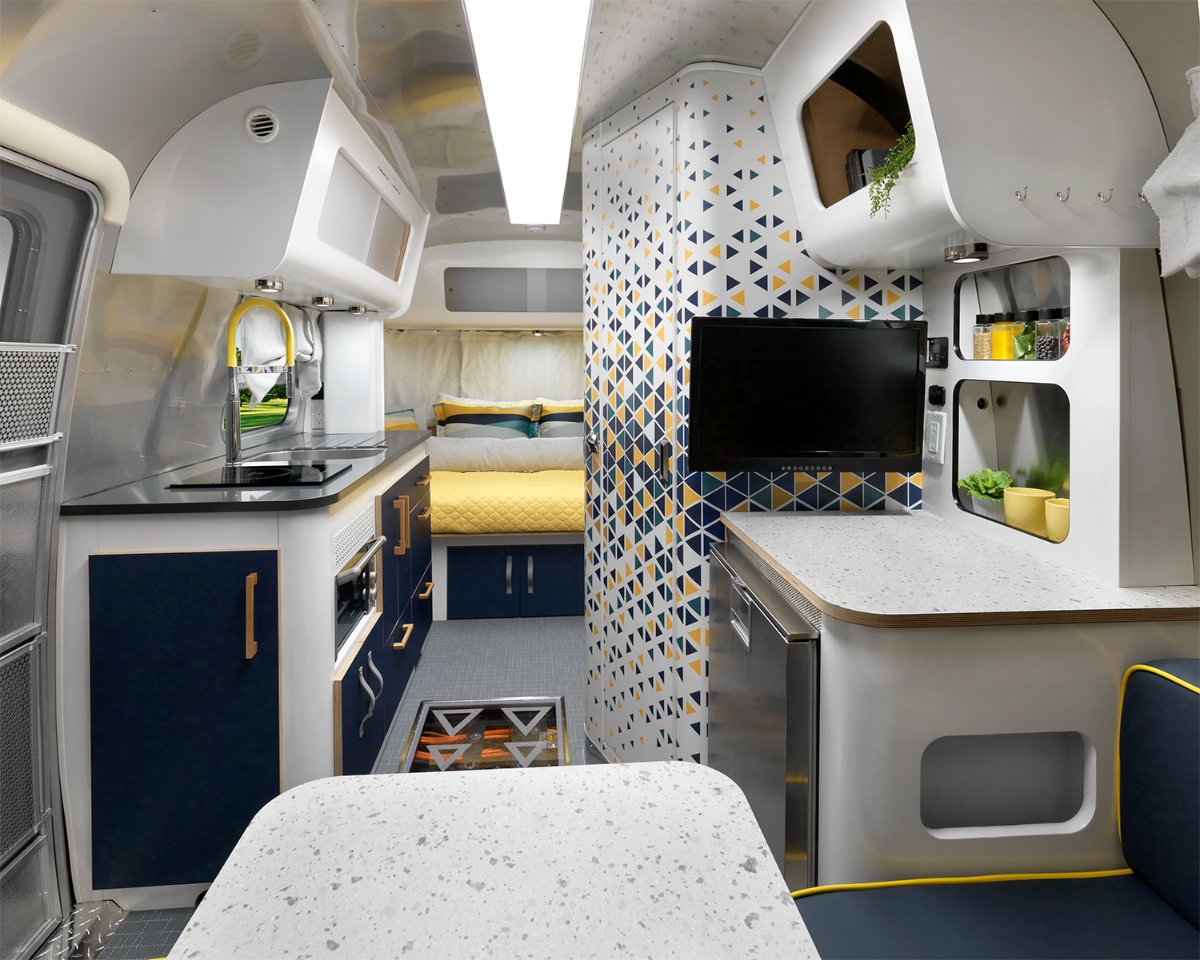
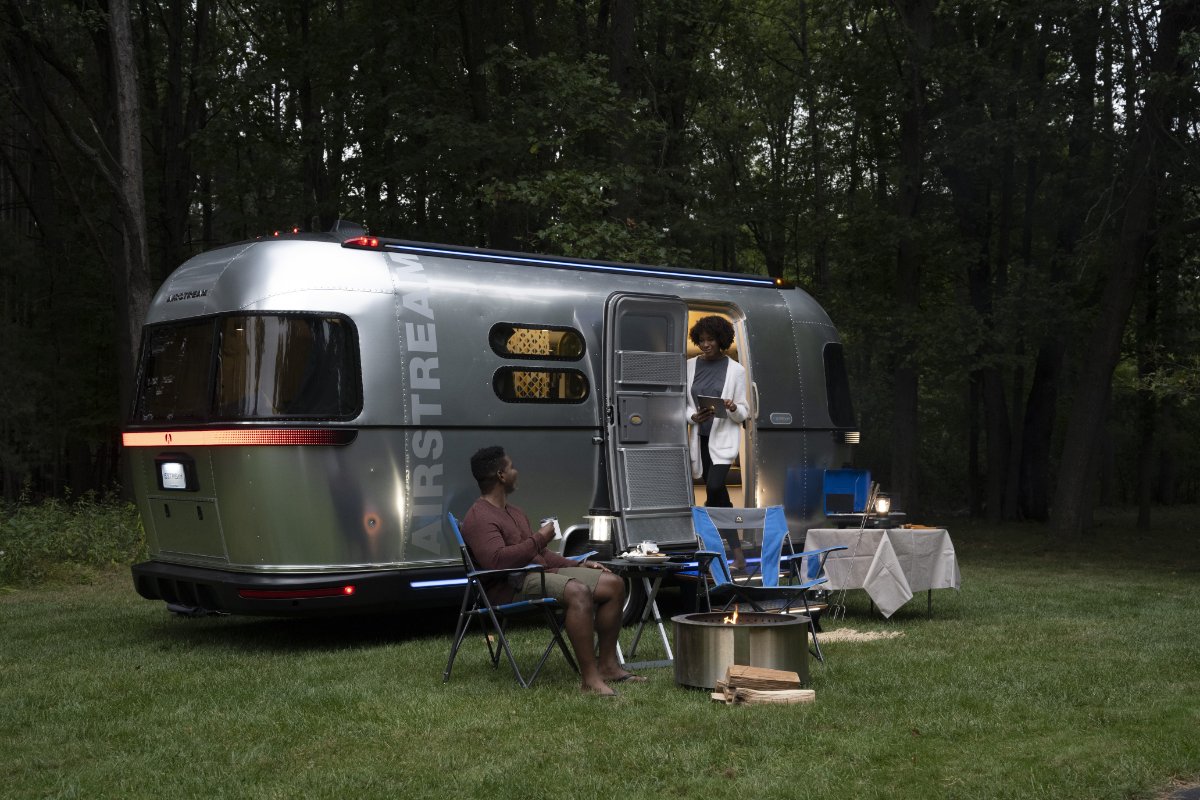
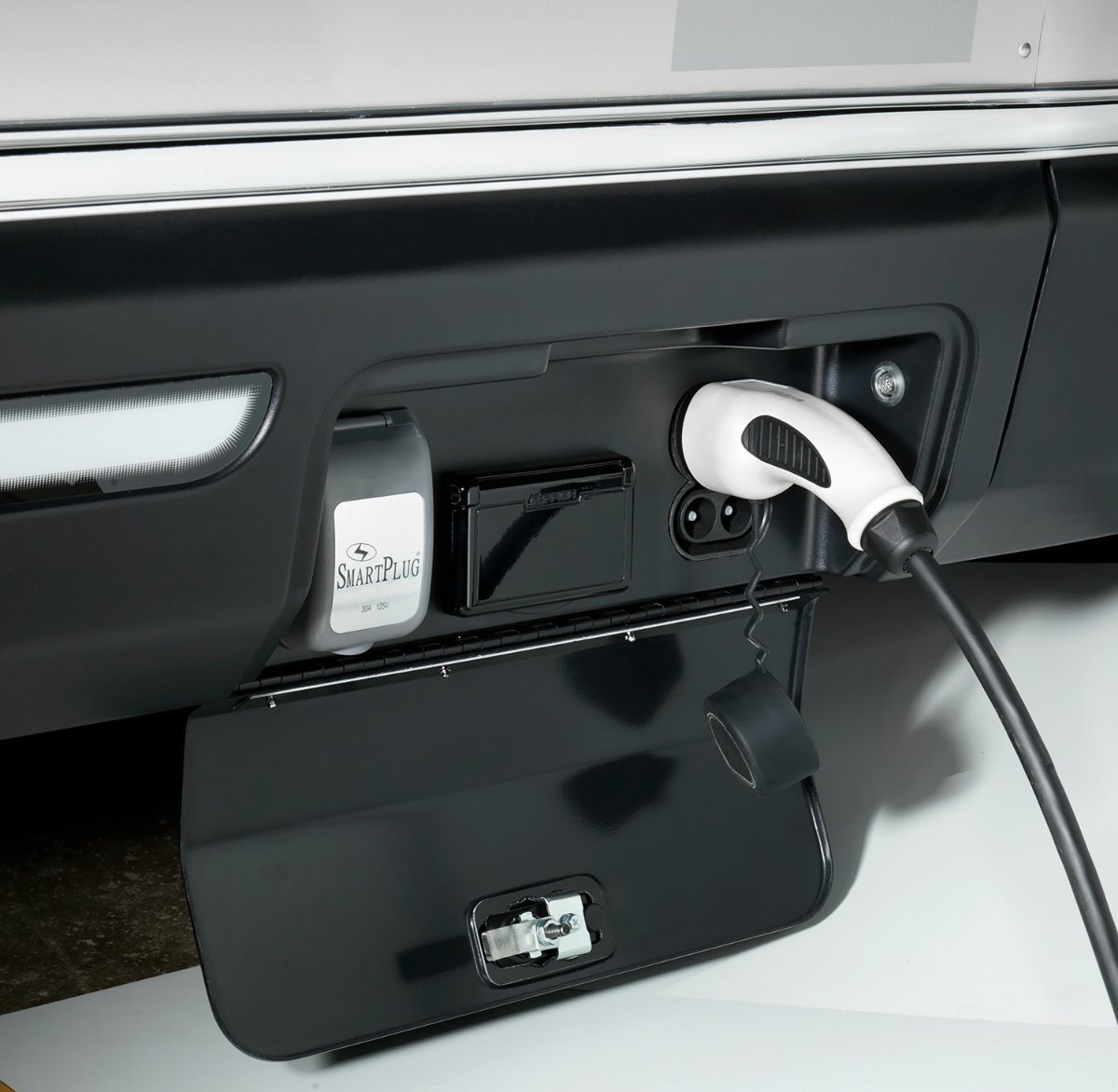
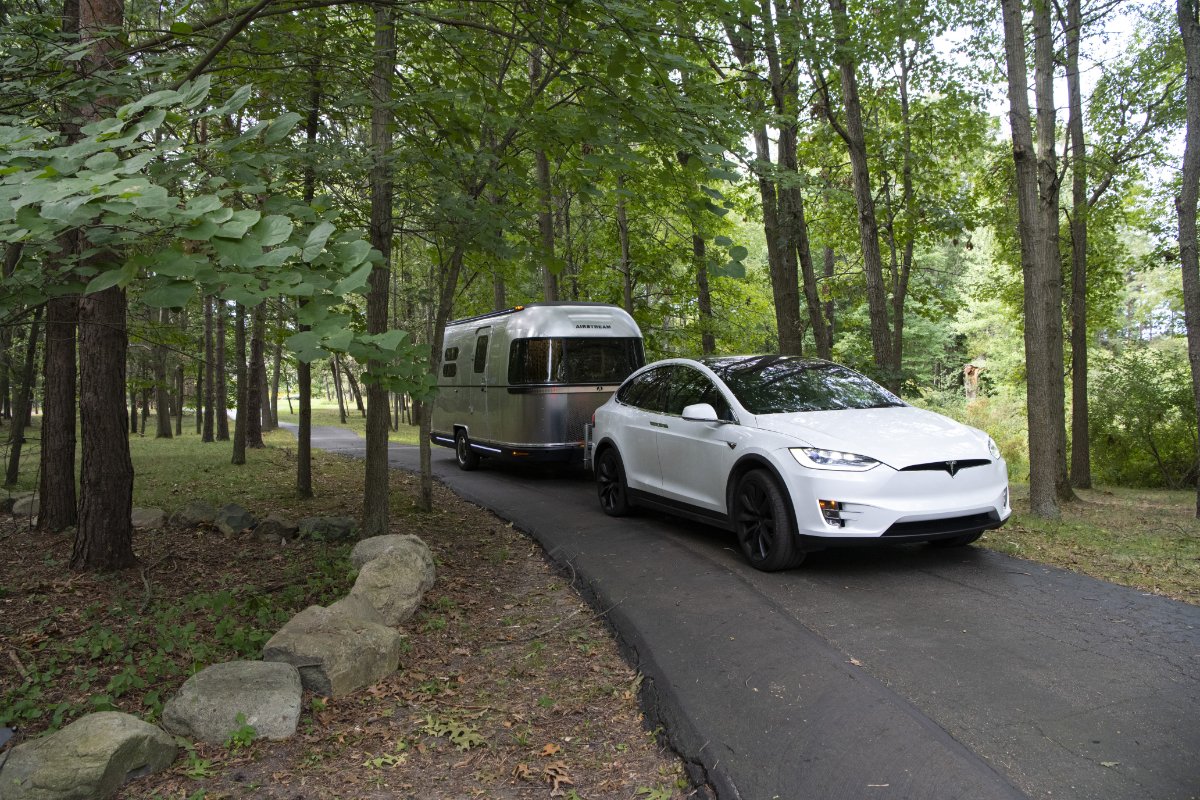
Technology
Wheeler described the eStream as a complete re-think from the ball backward. There is nothing unusual a tow vehicle needs to operate the trailer. Instead, the sensing system determines what’s going on with the road, speed, towing and all of that and adjusts accordingly. At no point does the trailer push the tow vehicle but it does overcome the losses inherent in towing.
The platform was tested in Europe where an Audi eTron SUV towed a trailer similar in size to the eStream over the Alps.
Like most electric vehicles, the eStream features regenerative braking which uses the electric motors to provide power back to the battery system and acts sort of like the engine brake on a big diesel truck. So, for example, going down a hill, the motors actually recharge the battery.
As such Featherstone indicated that the test vehicle and trailer had a full range when hitting the bottom of the Alps. While there are obviously losses going up the hills, you regain some, or all of that energy coming back down.
“This concept vehicle is the art of the possible,” said Featherstone.
The whole system is designed with higher voltages internally so that means more efficient transfer of energy. In other words, with higher voltage comes faster charging. How fast?
Depending on the final battery system it could be as quick as 30-45 minutes in a high-capacity charging station.
If you camp in a campground with a 50 amp hook-up then it would take longer, of course, but the team indicated it wouldn’t take longer than you would anticipate staying overnight. Perhaps a few hours on a 50 amp plug.
Let’s camp
At it’s most basic function this is a travel trailer and a fully functional one at that. So those giant batteries, about 30 times what you would normally find in any other Airstream, do a lot to keep you camping. How much?
Even though all the systems aboard this trailer are 100% electric the company still guesstimates that you could spend a week off grid. Obviously this would likely exceed the water storage so that then becomes the limiting factor.
But to keep things charged and owing to the fact that there’s no AC nor vent holes in the roof, this 21 foot trailer has 900 watts of solar on the roof.
Apparently relocating things like the air conditioning meant moving it to a place under the bed, which some other brands have done, and the AC unit would be a heat pump. Cooking would be of the induction variety and water and space heat are done electrically. Admittedly, improvements in efficiency will also help with this.
Is it real?
“When you build a concept vehicle like this it’s really a learning experience but it also helps gauge the public’s interest,” said Wheeler.
He added that a trailer with exactly these specs and configuration are probably never going to make production. But the components and aspects of the trailer that do meet, or exceed, what Airstream customers desire could very well get green lighted.
If something like the eStream makes it to market it would be a separate product from the ones produced by Airstream. So you might still find Internationals and Land Yachts at a dealership but you could also find eStreams. A big part of the final configuration lies within customer demands along with production realities.
How much?
Of course this is the big question and there isn’t a specific answer since much of this trailer is theoretical. But Wheeler indicated that the trailer would have to make sense to Airstream customers.
“We swung for the fences here - it’s packed,” said Wheeler. “Costs will depend on the feature set that customers value and are willing to pay for.”
Other benefits
One of the benefits of this chassis include the fact that the powered wheels can also act as an anti-theft device. So you can literally lock the wheels so the trailer wouldn’t be an easy target for thieves.
The whole thing was built for a number of reasons but one of those is just to focus on the customer experience.
The interior materials in the eStream were chosen both for design and style but also for having minimal environmental impact. While the company repeatedly talked about having a lower impact on the environment, a good thing, of course there are still lithium batteries and such.
One of the cool things I liked, being a Gadget Geek, was the window in the floor of the trailer so you can see the batteries and motor. Hey, I’d like this!
For example, as with any trailer one of the big pain points with a trailer is getting it into a site. This trailer can be maneuvered into a camping space using an app on a tablet or phone. But the trailer would likely also have sensors to be able to avoid obstacles like low-hanging trees and such.
“We believe we have the possibility of simplifying the hitching and unhitching by redistributing the batteries and weight so you may not need a weight distribution hitch,” added Featherstone.
One of the unusual things about the trailer is that there is very little tongue weight in the design, which helps with maneuvering on surfaces that may not be kind to the little wheel on the tongue.
My thoughts
Seeing this concept and all the thinking that’s gone into it encourages me. Whether you’re towing with an EV or an internal combustion vehicle, the fact that the trailer can overcome the losses inherent in towing is pretty neat.
Further, the benefits of stability control and ease of backing in to a camp site are things many buyers would love to see.
I will be following the development of this unique concept closely and will share what I learn with you. I’m also curious what your thoughts are on this kind of technology and capability. As always, you can leave a comment below or start a discussion in our fun and friendly StressLess Camping Podcast Facebook Group.
More RV reviews
We have more RV reviews that you can see including specific categories for your reference.
Our complete collection of travel trailer reviews.
Our complete collection of fifth wheel RV reviews.
Our complete collection overlanding RV reviews.
Our complete collection of motorhomes and motorized RV reviews.
Our complete collection of toy hauler RV reviews.
Our complete collection of bunkhouse RV reviews.
RV Shopping Tips
If you’re shopping for an RV we have some great resources for you.
Our complete guide with Tips for buying and selling an RV
Planning on purchasing a towable RV? Visit our RV towing guide first.
Is the mattress in your RV terrible? Check out the GhostBed RV Mattress - we love ours.
Visit an RV show
Want to check out RVs for yourself in person? We have a complete list of RV shows across the US.
